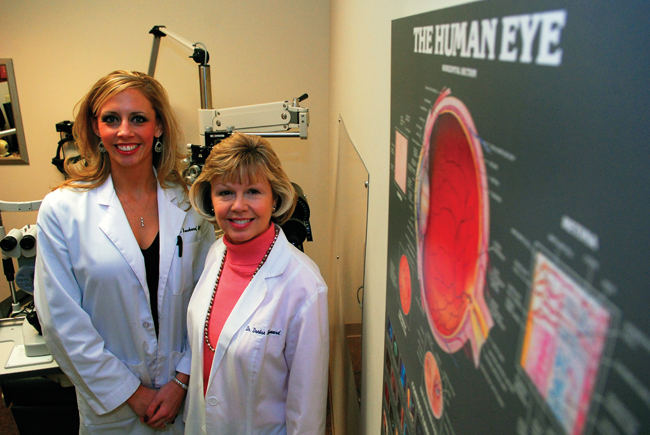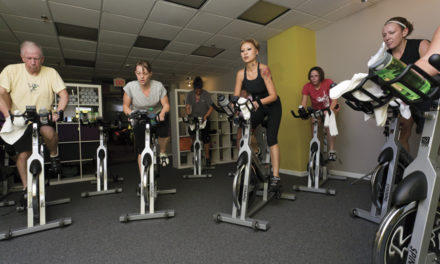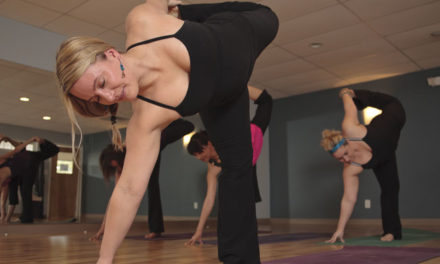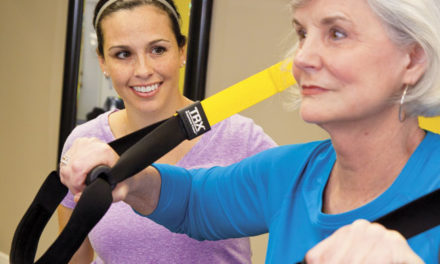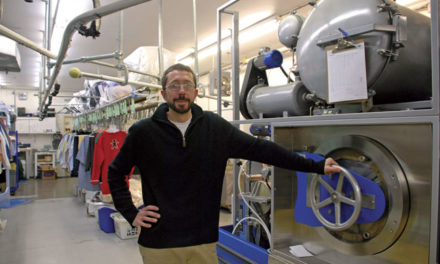BY DALE BURG
New moms, athletes, and people who sometimes work with their hands up over their heads (think electricians) are among those who have most benefited from the dramatic advances in contact lens design.
Though only 20 percent of people who need corrective vision wear contact lenses, many more
could find them beneficial, according to Drs. C. Denise Howard and Brandy Deckard of Dr. Howard and Associates, 322 S. Woodscrest Dr.
“Lots of people are under the mistaken impression that if they have astigmatism or wear bifocals they can’t wear contact lenses,” says Dr. Howard, who is also a part-time instructor at the IU School of Optometry. People with astigmatism need two different prescriptions in a single lens, and nowadays that’s possible in either rigid or soft lenses.
People who wear glasses for distance viewing often need reading glasses for close vision as they age and may be surprised to find that the problem can be solved with monovision or multifocal lenses. With monovision, one eye is corrected for near vision, one for far vision, and the brain makes the necessary adjustments. With multifocal lenses, the lens corrects for both near and far vision simultaneously.
Workers, such as electricians who often must look overhead, find multifocal lenses preferable to eyeglasses with progressive lenses, where the close vision prescription is at the bottom of the glasses and you have to look downward.
In terms of duration of wear, daily disposable lenses are very popular, but there are FDA-approved lenses to wear round the clock for one to four weeks. “New mothers, people who travel a lot, and EMS [Emergency Medical Services] workers like these because they’re ready to go the moment they’re awakened,” says Dr. Howard.
Dr. Deckard began wearing lenses at age 7. She says disposable lenses are ideal for young athletes who run the risk of glasses breaking on their faces. “A child can wear glasses to school, then pop in a brand-new, clean disposable lens for basketball practice.”
“Most people can wear lenses unless they’re prone to very dry eyes,” Dr. Howard says. Before a patient can get a prescription, he or she needs a fitting exam plus a routine eye examination. (The fitting exam is longer and more expensive for new patients because more instruction is required.) Two-week disposables cost from $150 to $250 a year, others slightly less.
“In fitting, we look at the lifestyle, needs, and expectations of the patient and then at the health of his or her eye to determine which might be most appropriate,” says Dr. Howard. “Though some lenses have to be custom-made, we can fit most people from our huge inventory of prescriptions.”


